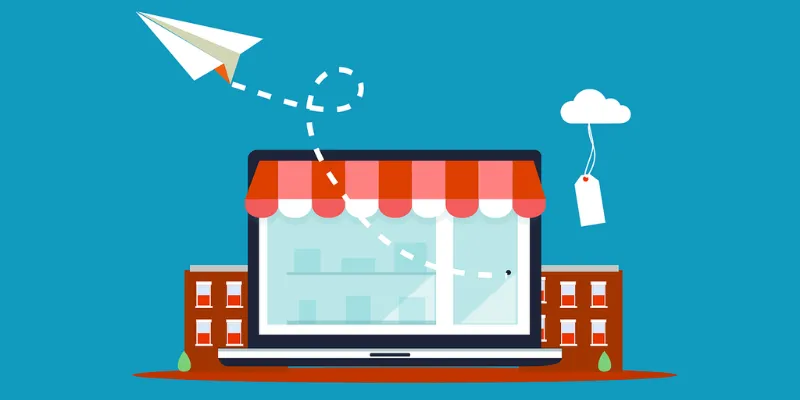Why consumers prefer Made in India D2C brands
The D2C business model is poised to create a $100+ billion market opportunity by 2025, growing at a CAGR of 25% between 2020-2025. As we enter a new era in the D2C sector, here’s what you can expect.
Despite COVID-19 accelerating online shopping by multi-folds, the Indian retail market remains largely unorganised. The short-term impact on purchasing behaviour resulted in a lasting adjustment in customer preference.
Although brick-and-mortar stores bounced back post the lockdown restrictions, consumers are more likely to shop online and prefer convenience.
As internet usage increased and purchasing behaviours evolved, the D2C business model emerged, where the retailer develops, markets, ships, and sells products directly to consumers.
With over 800 D2C brands in India and more than 100 million online shoppers, the business model is poised to create a $100+ billion market opportunity by 2025, growing at a CAGR of 25% between 2020-2025.
These brands rely heavily on social media—a cornerstone of success for many brands—for advertising and marketing. D2C brands are rapidly gaining top-of-mind recall only through digital channels. As we enter a new era in the D2C sector, here’s what you can expect.

How D2C fashion has transformed the online fashion industry in India
Formulating a winning strategy
With social media and influencer marketing, D2C companies are expanding their reach to compete with their traditional counterparts. To improve customer service, they've implemented automation across verticals, including product development, marketing, sales, and logistics, using analytical tools.
The omnichannel approach has also allowed them to communicate continuously with their target audience, and brands taking this path are set to stand out in a competitive market.
D2C market players are extending their reach to Tier II and III cities after experiencing success in metropolitan cities. Businesses must unlock the potential of these cities. Like ecommerce, many believe D2C will eventually spread from metros to smaller towns and cities.
Ease of payment, delivery, and rise of 5G
A convenient and faster payment method for consumers is one way to enhance the D2C ecosystem's brand-customer relationship and increase its success.
Mobile shopping and 5G will facilitate live purchases and video commerce, thereby increasing the importance of virtual clients.
The most difficult component of the marketing funnel is customer retention. This strategy allows consumers to stay satisfied and engaged even after the purchase is complete, hence increasing the lifetime value of the customer.
The competition will become fierce as companies keep their prices competitive, improve the quality of their products, and offer better customer service. The rising trends include sustainable products and packaging, and health-conscious products such as fitness and wellness play a key role in consumer choice today.
The rise of industry enablers
As new brands have emerged, the D2C ecosystem has also grown. Ranging from providing end-to-end warehousing and logistics solutions (last-mile delivery), to custom-made solutions for product design, manufacturing, and advertising, will help D2C brands reach customers anywhere and everywhere.
While the last two years were focused on D2C businesses improving engagement and recruiting customers, 2022 had seen them focusing on keeping and minimising customer loss.
It's a critical year for the business since brands need to deliver individualised attention to their viewers, which will inevitably aid in deepening their connection.
D2C will continue to develop and adapt in the coming years, after quickly becoming one of the most popular ways for companies to expand globally.
As a consequence of this rising popularity, companies with the necessary resources and expertise can keep up with their rivals in a constantly shifting marketplace.
Edited by Suman Singh
(Disclaimer: The views and opinions expressed in this article are those of the author and do not necessarily reflect the views of YourStory.)







